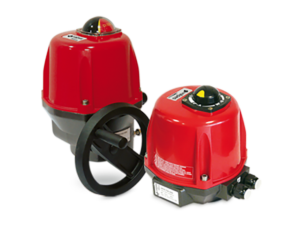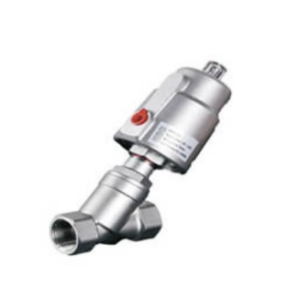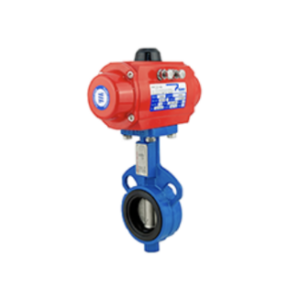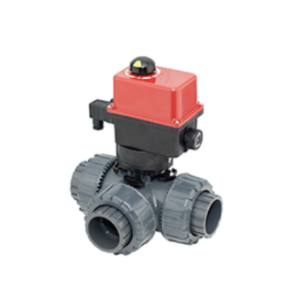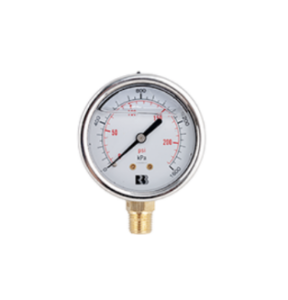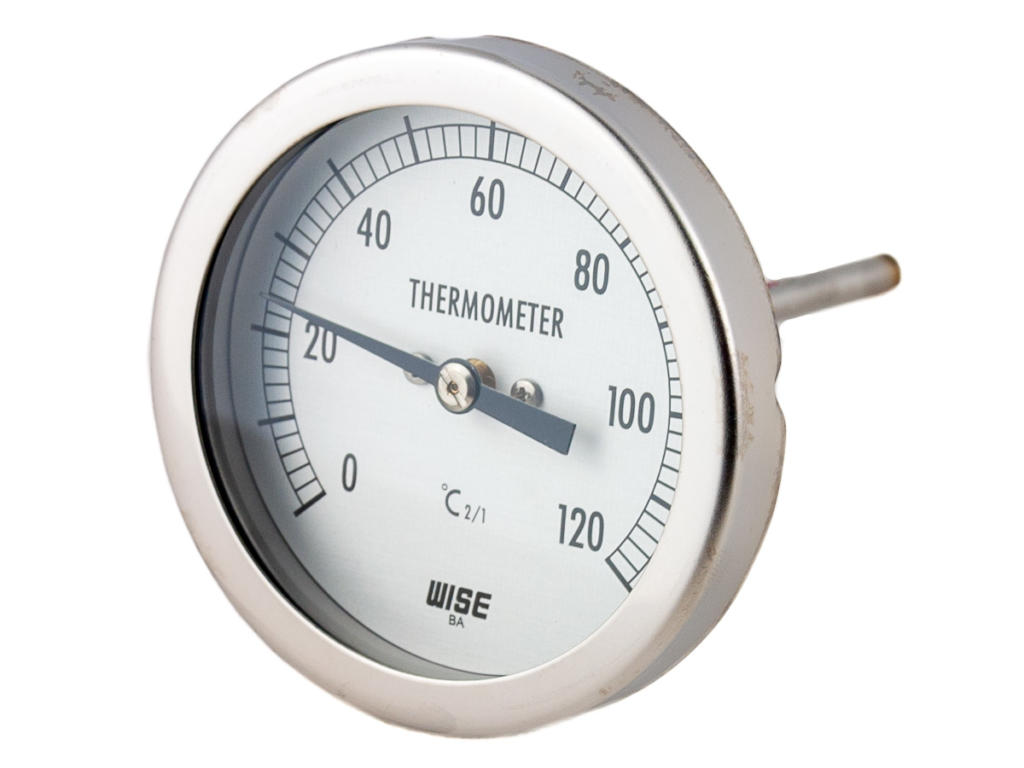Q: How frequently should I calibrate my thermometer?
A: It is a common misconception that “calibrate” means making some kind of adjustment to a thermometer for accuracy. While sometimes an adjustment is needed, “calibrating” a thermometer simply means testing its accuracy against a verifiable standard. If the thermometer is within the accuracy specification listed by the manufacturer or quality control agency, an adjustment is not required.
The recommended frequency widely varies depending on the type and model of your thermometer. Mechanical thermometers like dial thermometers require regular calibrations as often as daily whereas digital thermometers typically only need to be calibrated yearly. Check the user guide, WHS policy & procedure, or with an appropriate health department for the recommended timeframe.
Q: How do I calibrate my thermometer?
A: Thermometers used in a professional capacity typically require a traceable lab calibration certificate. The Ross Brown Sales in-house Temperature Measurement Laboratory can carry out the integral 3-point testing to provide this certification. Our Temperature Measurement Laboratory reference equipment is calibrated by NATA accredited laboratories.
While it is true that the most definitive test of a thermometer’s calibration follows at least a 3-point method, an alternative solution is through the use of a properly made ice bath. This testing method is widely used in the food industries and is recommended by most food agencies when a lab calibration certificate is not necessary. The most common error in an electronic temperature sensor is a shift in the base electrical value which can be seen in an ice bath test. After a digital thermometer has been successfully calibrated at other temperatures, and it can be shown to read accurately in an ice bath thereafter, the likelihood that it reads correctly at other temperatures is greater.
Q: Why does my thermometer read higher than 0°C (32°F) when put in ice water?
A: Unless you are testing the thermometer in a properly made ice bath, it is likely the water’s temperature will be higher than the ice point (0°C). When testing in an ice bath, if your thermometer is reading outside of its published accuracy specification, adjust accordingly or contact our service department.
Q: Why is my thermometer not switching on?
A: Check the battery compartment. In many thermometers there is a small metal clip that holds the batteries in place. If the batteries are not under this little clip, the thermometer won’t turn on. If the clip is in place and your thermometer still won’t turn on, please contact our service department.
Q: Why does my new thermometer read a different temperature than my old one?
A: Generally, it will be because your old thermometer is either not as accurate or out of calibration. Test both thermometers in a properly made ice bath to check and adjust accordingly or contact our service department.
Q: Why doesn’t my thermometer settle on a final temperature in food? It keeps changing.
A: Essentially because the temperature of food continually changes while it is cooking, and your ETI digital thermometer is accurate enough to see it. Thermometers will only “lock in” on a given reading if they have a “hold” feature designed to do that.
Q: Will my Thermapen / Thermometer work with an Induction Cooker?
A: Digital thermometers are often affected by the emf (electro-magnetic field) generated by the hob. Although rapid cooling may reduce temperature results, it is recommended to record results via heating pans after removing them from the influence of the hob. Alternatively, an infrared thermometer with an adjustable emissivity may be more suitable.
Q: How often should I clean my thermometer?
A: Your thermometer probe should be cleaned every time it comes into contact with raw meat, using cleaning wipes or soap. Your thermometer casing should be cleaned after each use but be careful not to get it wet. Never put the housing of your digital thermometer near water unless it has an IP rating of 66 or higher.
WARNING – IPA and other solvents may cause damage to the case and screen of this instrument
Q: What precautions do I need to take when using a thermometer near a grill?
A: Never leave a thermometer inside an oven, grill, smoker, or microwave while cooking unless it is specifically designed for this. Although some probes are designed to be left inside an oven or grill it is important to not leave your thermometer on the grill hood or close to an open flame. The housing itself (where the electronic components are kept) typically needs to be kept cool and should only be brought near heat for short periods of time so that the unit does not overheat.
Q: What is an IP rating?
A: It is the rating standards for an instrument’s capability to protect its electronic components from corrosion by water or dust. It is common for electronic thermometers to be splashproof or waterproof and the International Electrotechnical Commission (IEC) rating system classifies the degrees of protection provided. The International Protection Rating code (or IP code) consists of the letters “IP” followed by two numbers.
The first number tells you how protected an instrument’s electronics are from penetration by solids (like dust) and the second number tells you how they stand up against liquids according to the following table:
First Number
| 0 | no protection |
| 1 | Protected against solids objects over 50mm (eg. Accidental touch by hands) |
| 2 | Protected against solids objects over 12mm (eg. Fingers) |
| 3 | Protected against solids objects over 2.5mm (eg. Tools and wires) |
| 4 | Protected against solids objects over 1mm (eg. Tools, wires and small wires) |
| 5 | Protected against dust – limited ingress (no harmful deposit) |
| 6 | Totally protected against dust |
Second Number
| 0 | no protection |
| 1 | Protected against vertically falling drops of water |
| 2 | Protected against direct sprays up to 15° from the vertical |
| 3 | Protected against direct sprays up to 60° from the vertical |
| 4 | Protected against sprays from all directions – limited ingress permitted |
| 5 | Protected against low pressure jets of water from all directions – limited ingress permitted |
| 6 | Protected against strong jets of water eg. For use on shipdecks – limited ingress permitted |
| 7 | Protected against the effects of temporary immersion between 15cm and 1m. Duration of test 30 minutes |
| 8 | Protected against long periods of immersion under pressure |
If, for example, a thermometer had a rating of “IP65”, that would mean that it was tested and found completely protected against dust as well as protected against low pressure jets of liquid from all sides, but NOT protected against immersion, or an accidental drop into the soup!
The above information is courtesy of Ross Brown Sales.

